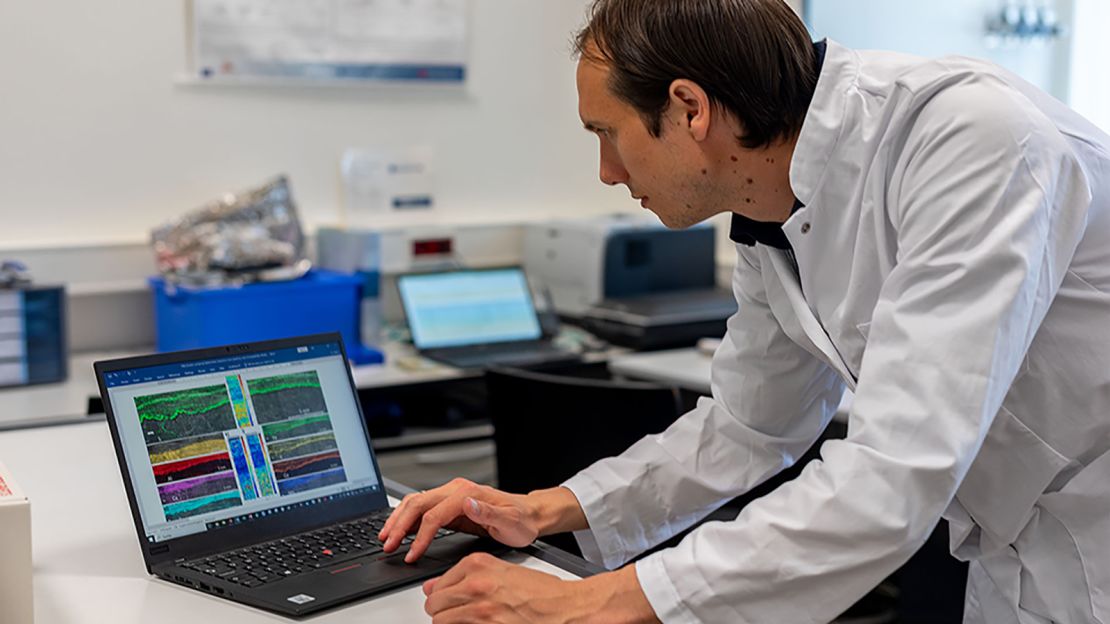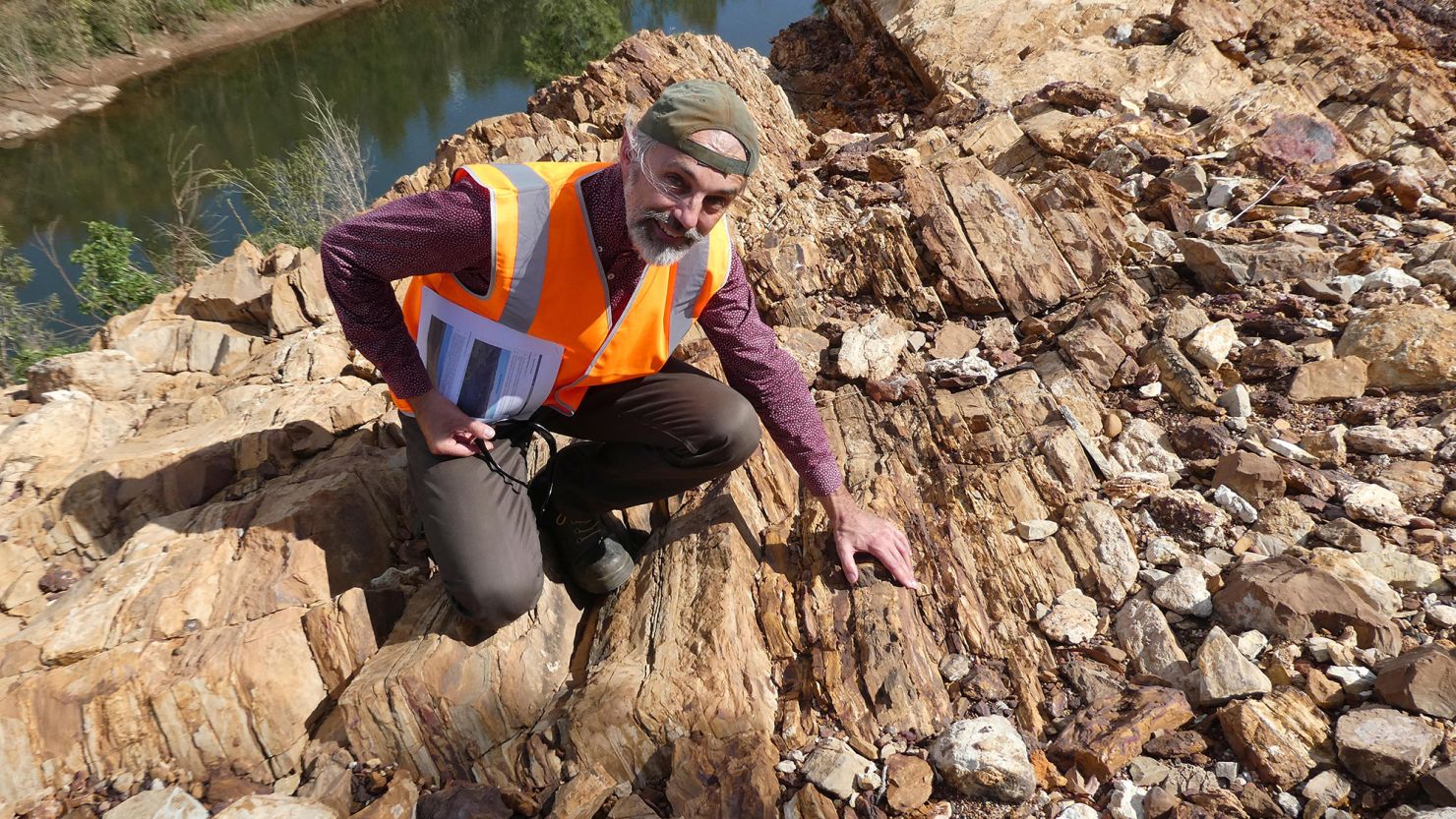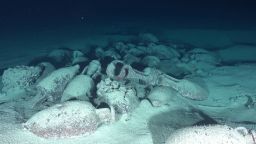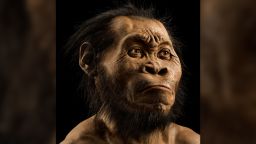Editor’s Note: Sign up for CNN’s Wonder Theory science newsletter. Explore the universe with news on fascinating discoveries, scientific advancements and more.
Plants, algae, fungi, and animals — including humans — are all eukaryotes: life forms with complex, nucleus-containing cells.
A recent discovery of organic compounds in ancient rocks in Australia helps illuminate the early history of eukaryotes, suggesting that this group was already abundant more than a billion years ago, according to a new study.
Eukaryotes are believed to date back 2 billion years, but scientists thought that they only became widespread about 800 million years ago, said Dr. Benjamin Nettersheim, one of the co-first authors of the study published in Nature.
However, newfound traces of molecules possibly produced by eukaryotes are up to 1.6 billion years old, which indicates “that early eukaryotes were already ecologically important for all this time,” said Nettersheim, who is a postdoctoral researcher in geobiology at the MARUM Center for Marine Environmental Sciences at the University of Bremen in Germany. “We just didn’t see their traces until now. They’ve kind of been hidden in plain sight.”

The evidence of these ancient eukaryotes took the form of biological molecules that they produced. Modern eukaryotes produce a suite of signature biomolecules, including cholesterols.
Cholesterol is an organic compound, a naturally occurring steroid. Too much of it can cause health problems like clogged arteries, but it’s an important component of cell membranes for almost all modern eukaryotes. Cholesterols are “really important for a large number of physiological functions, and because they are part of the cell membrane, organisms produce relatively much of these kinds of molecules,” Nettersheim said.
In the new study, Nettersheim and another co-first author, Jochen Brocks, found a compound related to cholesterol that seemed to confirm a decades-old hypothesis about the evolution of eukaryotes.
Finding ancient molecules
Scientist Konrad Bloch, who won the Nobel Prize in Physiology or Medicine in 1964, noticed that as modern eukaryotes synthesize cholesterol, some intermediate organic compounds form. He hypothesized that in the deep past, each of these intermediate compounds was a fully functional end-product of early organisms’ biosynthetic processes. However, Bloch thought that no one would ever be able to find fossil evidence to prove that ancient life forms produced these now-intermediate biomolecules.
Advances in biochemical analyses have allowed scientists to identify ancient molecules preserved in the fossil record, particularly in old rocks that have been relatively undisturbed by geological processes.
In the new Nature study, Nettersheim and his colleagues, including Brocks, a professor of geobiology at the Australian National University, examined rocks from Australia’s Barney Creek Formation.
Previous studies established that the Barney Creek rocks, which are more than 1 billion years old, contain traces of ancient biomolecules. But “people never looked, really, for these primordial types of steroids in those kinds of rocks,” Nettersheim said.
Nettersheim, Brocks and their colleagues performed chemical analyses of rocks from Barney Creek, looking for the cholesterol precursors that Bloch predicted would have been made by early eukaryotes.
“To our surprise, we actually found them in surprisingly high abundance, and everywhere we have biomarkers preserved in this time period, we also see these molecules,” Nettersheim said. “We now can confirm the Bloch hypothesis.”
Exploring a lost world of eukaryotes
The presence of these protosteroids indicates that early eukaryotes were adapted to a world very different from modern Earth. There is far more oxygen in the atmosphere today than there was 1.6 billion years ago, and the proto-steroid molecules produced by these early eukaryotes required less oxygen to produce than cholesterols.
“It might be an advantage to use these more primordial sterols,” Nettersheim said. The early eukaryotes “were already perfectly adapted to the prevailing ecological conditions.”
Dr. Susannah Porter, a professor and chair of the department of earth science at the University of California, Santa Barbara, said, “What I really like about this study is thinking about recognizing that biosynthetic pathways evolve as well.”
However, Porter, who was not involved in the study, remains cautious in declaring that the molecules found in this study were indeed made by early eukaryotes as opposed to other ancient organisms.
But Dr. Roger Summons, a professor of geobiology at the Massachusetts Institute of Technology who was also not involved with the paper, called it “one of the more interesting organic geochemistry studies that I have seen in many a year.”
“Konrad Bloch would have been delighted had he lived to see this because Brocks and colleagues have elegantly confirmed his prediction that biosynthetic precursors to cholesterol reflect biochemistry’s search for functional optimization,” Summons said.
Meanwhile, Nettersheim said the next step for him and his colleagues is to further study the world inhabited by these ancient life forms by shooting lasers at a thin slice of rock and using the information about how the light bounces off it to map the different chemical compounds present.
“We hope that this will help us constrain a lot further, where, when, under which conditions our early eukaryotic ancestors thrived,” he said.




